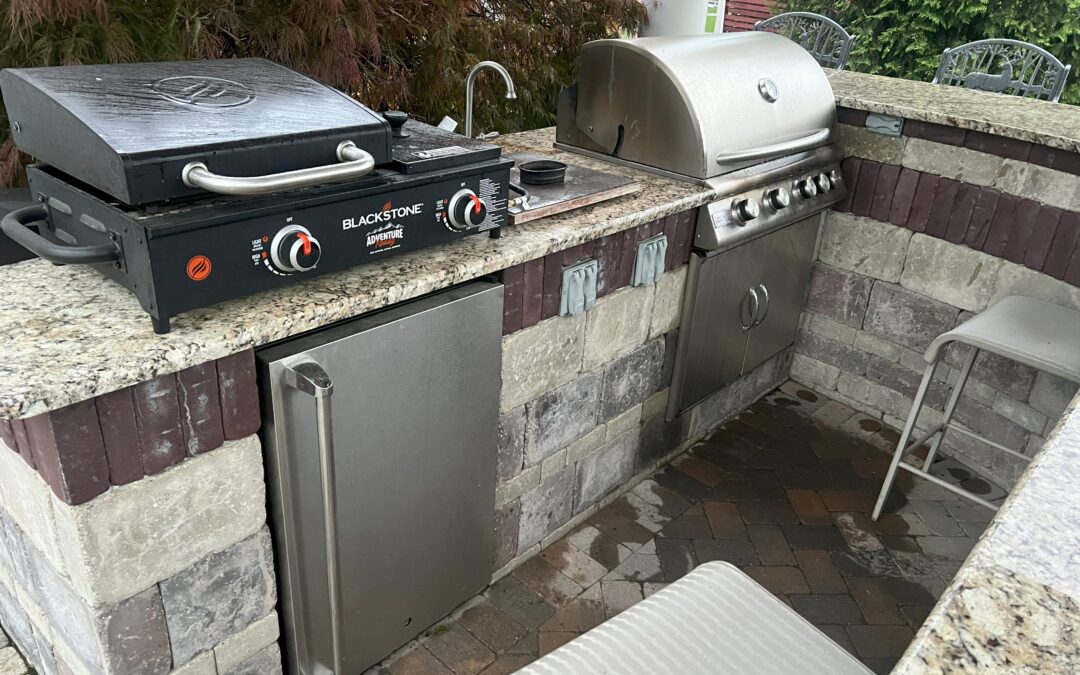Living in a bustling urban environment often means dealing with limited outdoor space. However, even the smallest of spaces can be transformed into beautiful and functional urban landscapes with the right design approach. Whether you have a tiny balcony, a rooftop terrace, or a compact backyard, here are some tips for maximizing space and creating a thriving urban oasis:
- Start with a Plan: Before diving into your urban landscape design project, take the time to develop a plan. Assess the available space and consider your goals and preferences. Determine how you want to use the space – whether it’s for relaxing, entertaining, gardening, or a combination of activities. Sketch out a rough layout, including key features such as seating areas, planters, and pathways.
- Embrace Vertical Gardening: In small urban spaces, vertical gardening is a game-changer. Utilize walls, fences, and railings to create vertical gardens using hanging planters, trellises, and wall-mounted containers. Vertical gardens not only maximize space but also add visual interest and greenery to vertical surfaces. Consider planting trailing vines, cascading flowers, or compact herbs to make the most of vertical space.
- Choose Space-Saving Furniture: Selecting the right furniture is crucial for optimizing space in small urban landscapes. Look for multi-functional pieces that serve dual purposes, such as storage benches, folding tables, and stackable chairs. Choose lightweight and portable furniture that can be easily rearranged to accommodate different activities or configurations. Opt for slim and streamlined designs that don’t overpower the space visually.
- Create Zones for Different Activities: Divide your urban landscape into distinct zones to maximize functionality and organization. Allocate separate areas for lounging, dining, gardening, and storage, if possible. Define each zone using furniture arrangements, rugs, or planters to create visual boundaries. By delineating different activity zones, you can make efficient use of space and enhance the usability of your outdoor area.
- Utilize Reflective Surfaces: Incorporating reflective surfaces such as mirrors, glass, and metallic accents can create the illusion of space in small urban landscapes. Place mirrors strategically to reflect light and views, making the space feel larger and more open. Use glass tabletops or stainless steel accents to add a touch of modern elegance while amplifying natural light. Reflective surfaces also help bounce light around the space, brightening up dark corners.
- Opt for Container Gardening: Container gardening is ideal for small urban spaces, allowing you to grow plants without the need for a traditional garden bed. Choose lightweight and versatile containers such as pots, planters, and window boxes that can be easily moved or rearranged. Experiment with different container sizes, shapes, and materials to create visual interest and accommodate a variety of plants. Consider vertical stacking or tiered arrangements to maximize vertical space.
- Incorporate Artificial Turf or Gravel: If you’re dealing with limited or non-existent green space, consider using artificial turf or gravel to create a low-maintenance and visually appealing ground cover. Artificial turf provides the look and feel of grass without the need for mowing or watering, while gravel offers a modern and minimalist aesthetic. Both options are durable, easy to install, and require minimal maintenance, making them perfect for urban landscapes.
- Add Lighting for Ambiance: Illuminate your urban landscape with strategic lighting to create ambiance and extend usability into the evening hours. Incorporate a mix of overhead lighting, task lighting, and accent lighting to highlight key features and pathways. Use solar-powered or low-voltage LED lights for energy efficiency and ease of installation. Lighting not only enhances safety and security but also adds warmth and atmosphere to your outdoor space.
In conclusion, transforming small urban spaces into functional and inviting landscapes requires creativity, planning, and attention to detail. By embracing vertical gardening, space-saving furniture, defined activity zones, reflective surfaces, container gardening, artificial turf or gravel, and strategic lighting, you can make the most of your limited outdoor space and create a stylish and enjoyable urban oasis. With the right design approach, even the tiniest of urban landscapes can become a haven for relaxation, entertainment, and connection with nature.


Recent Comments